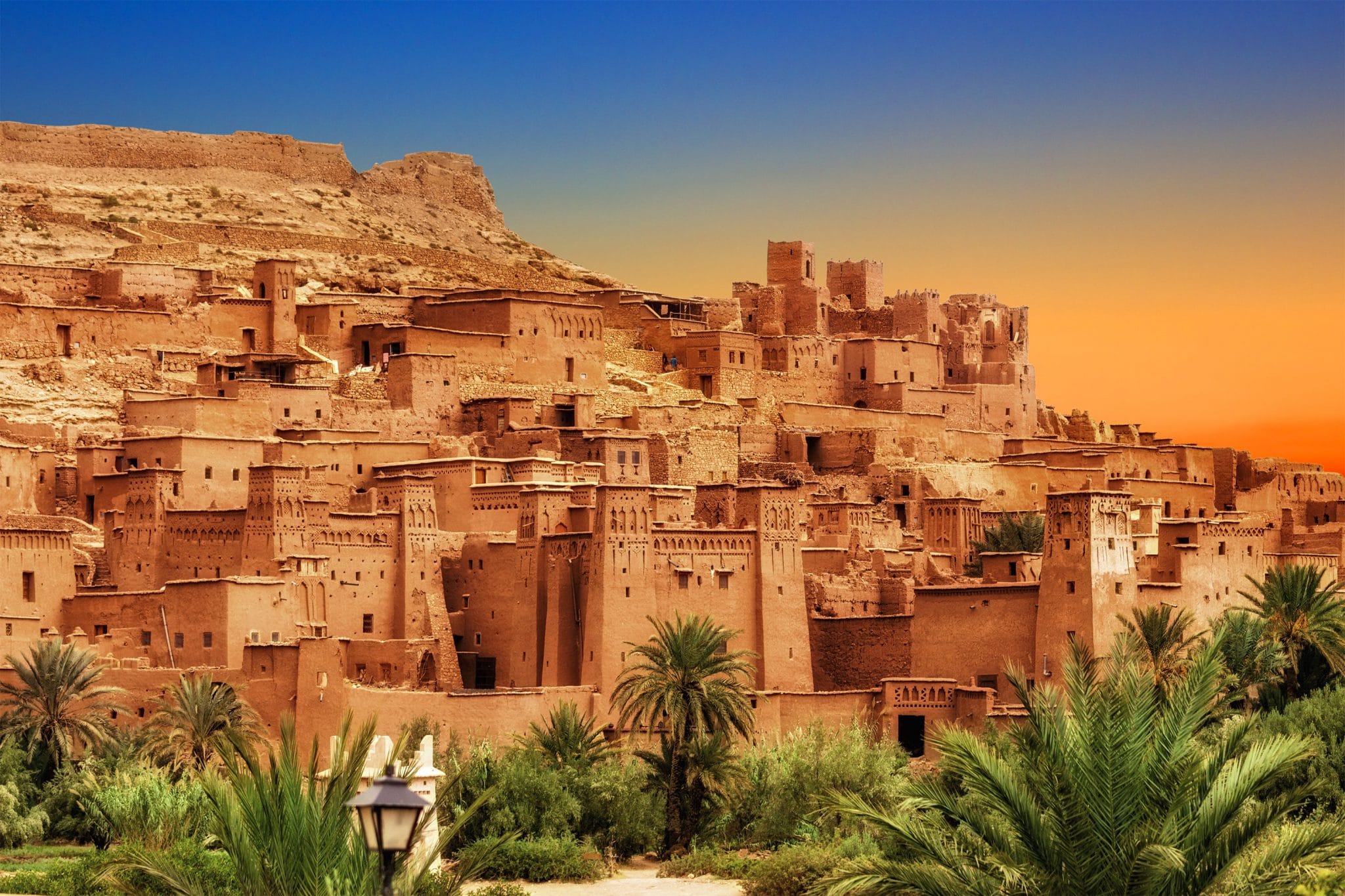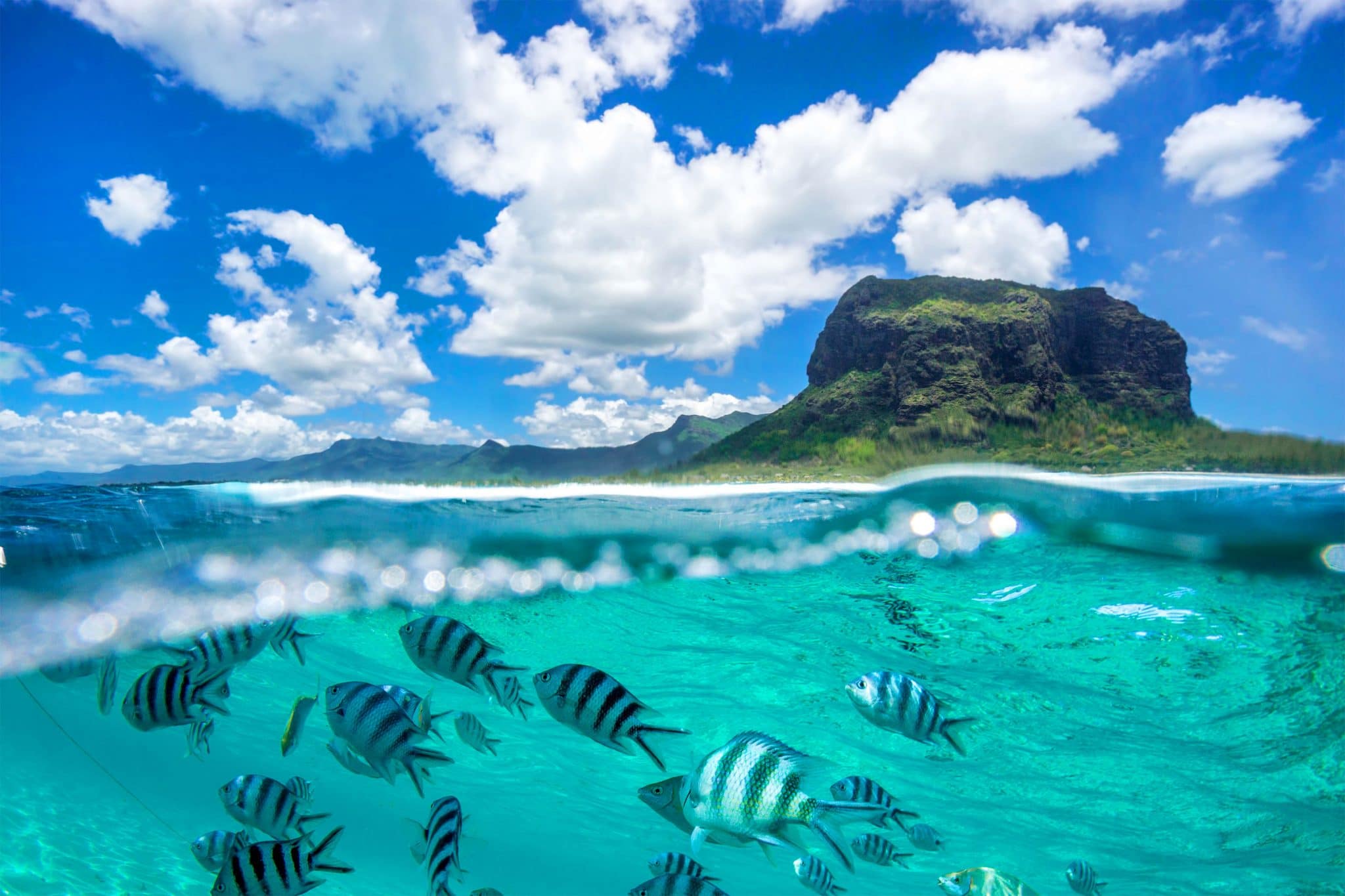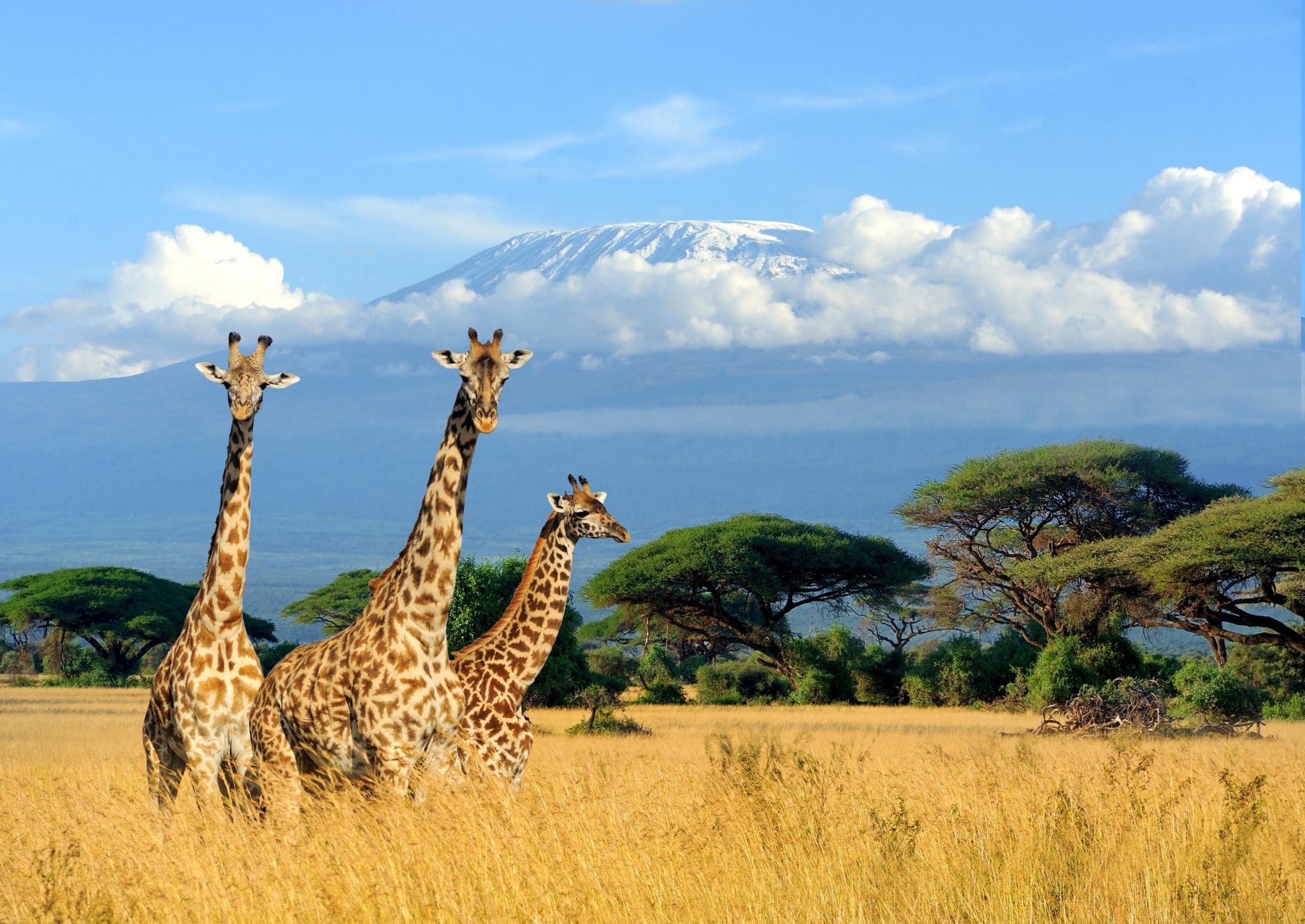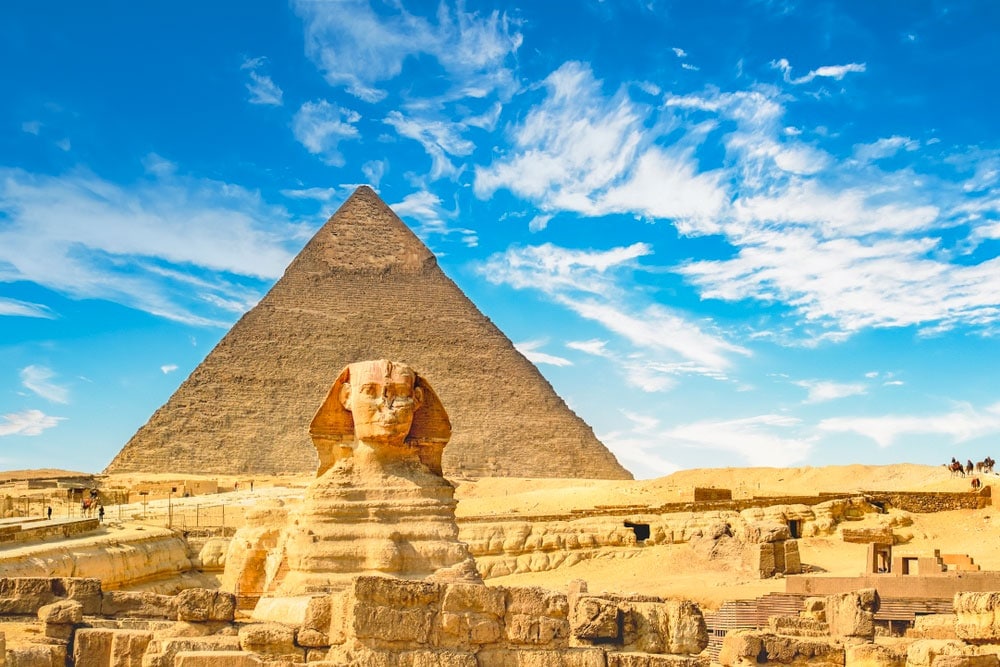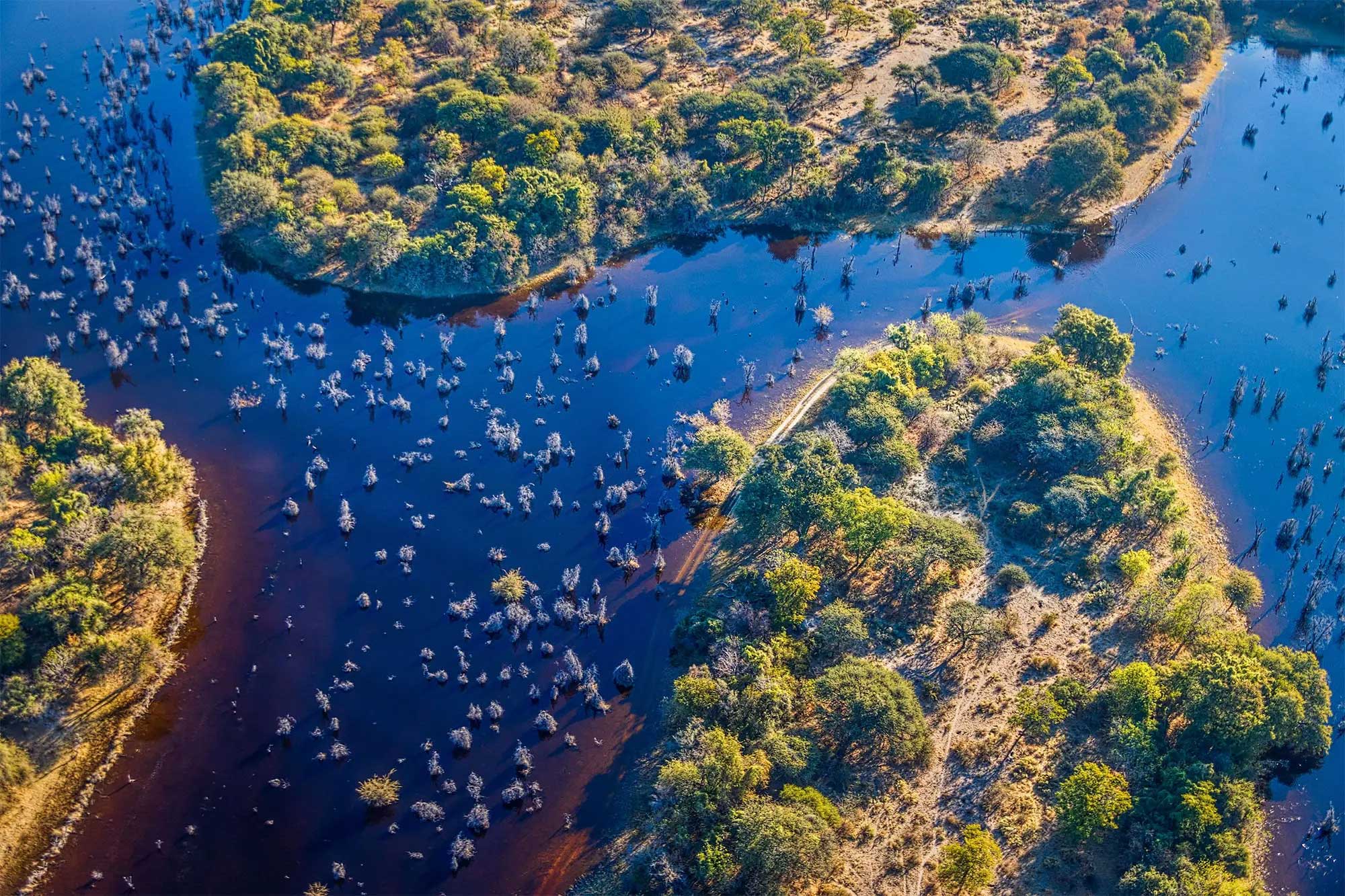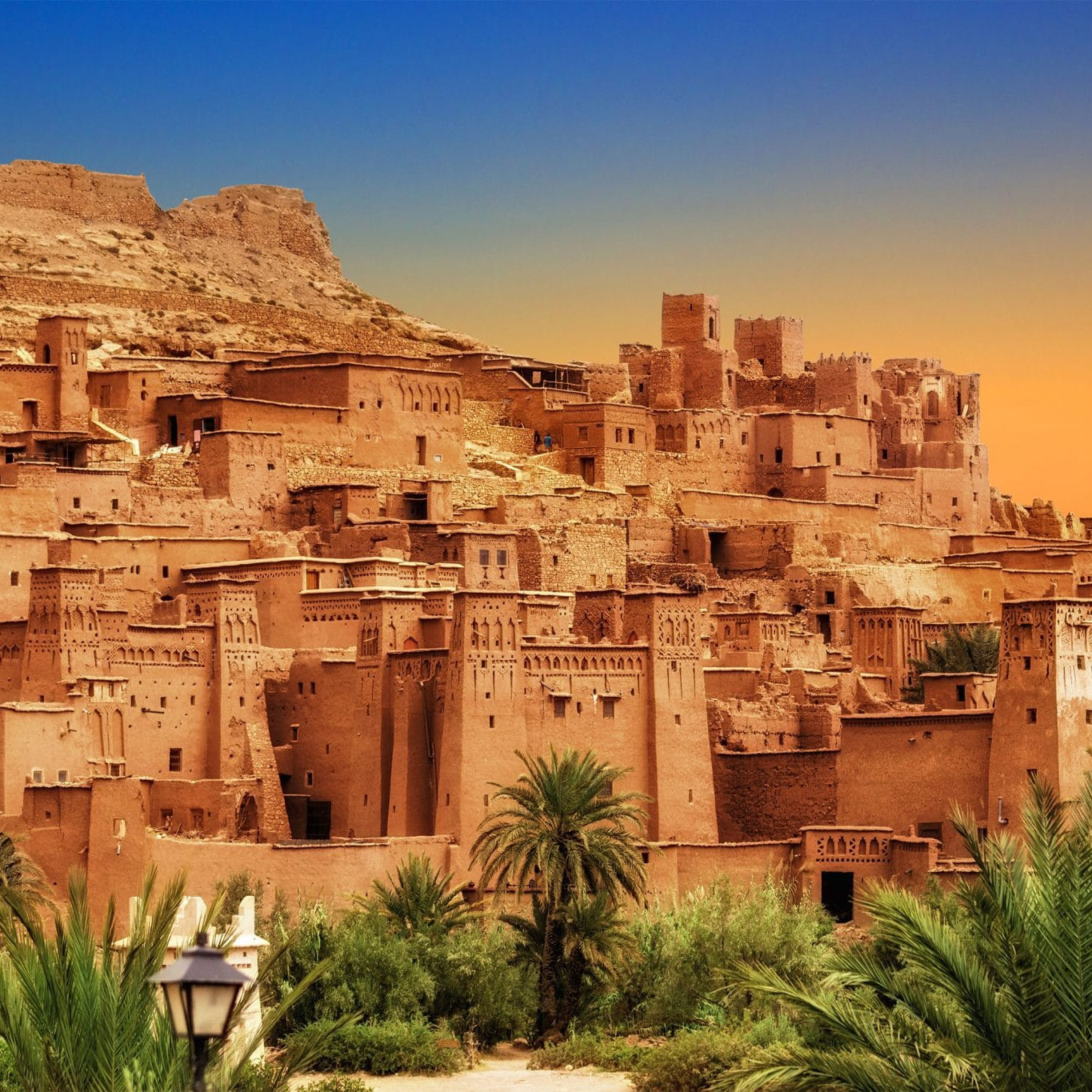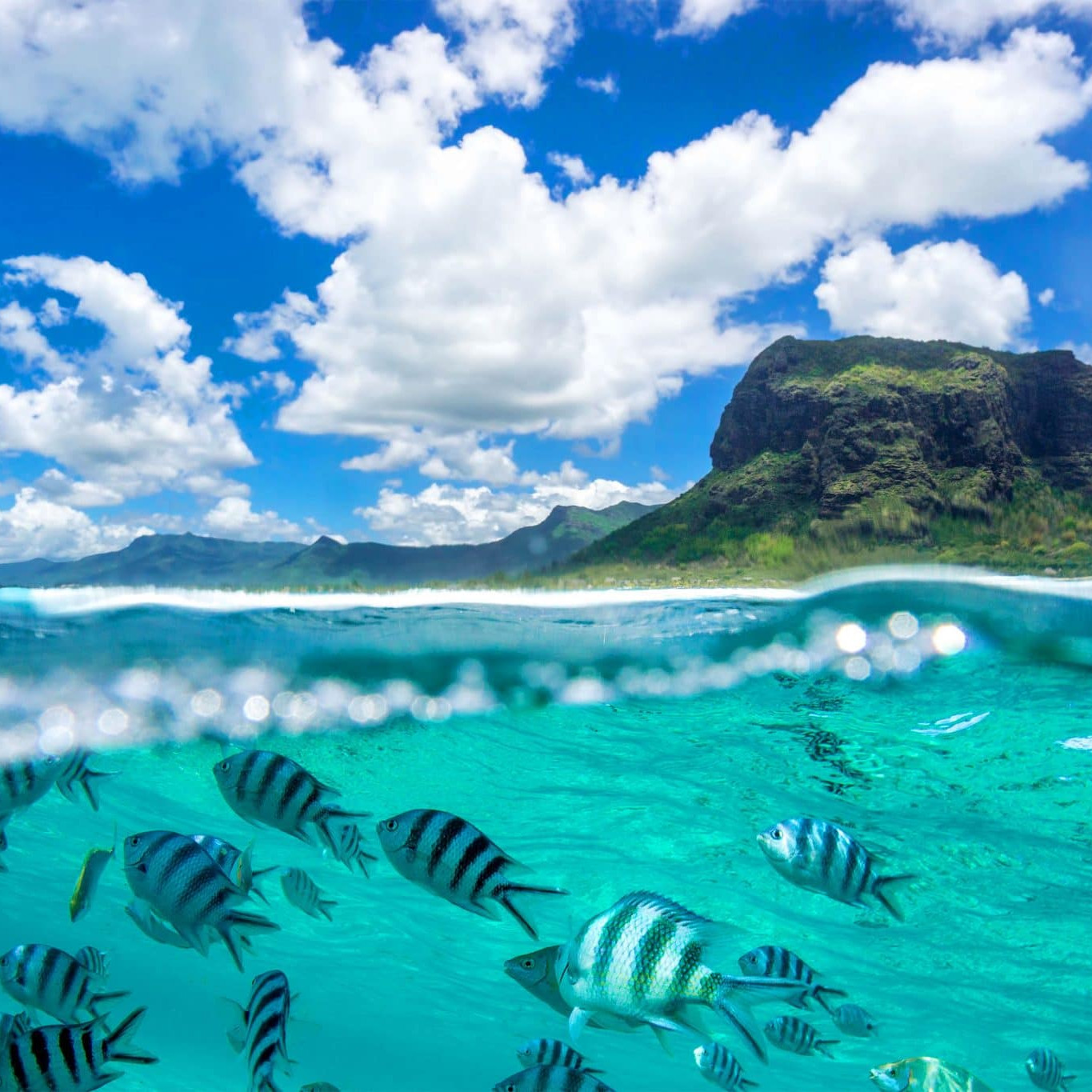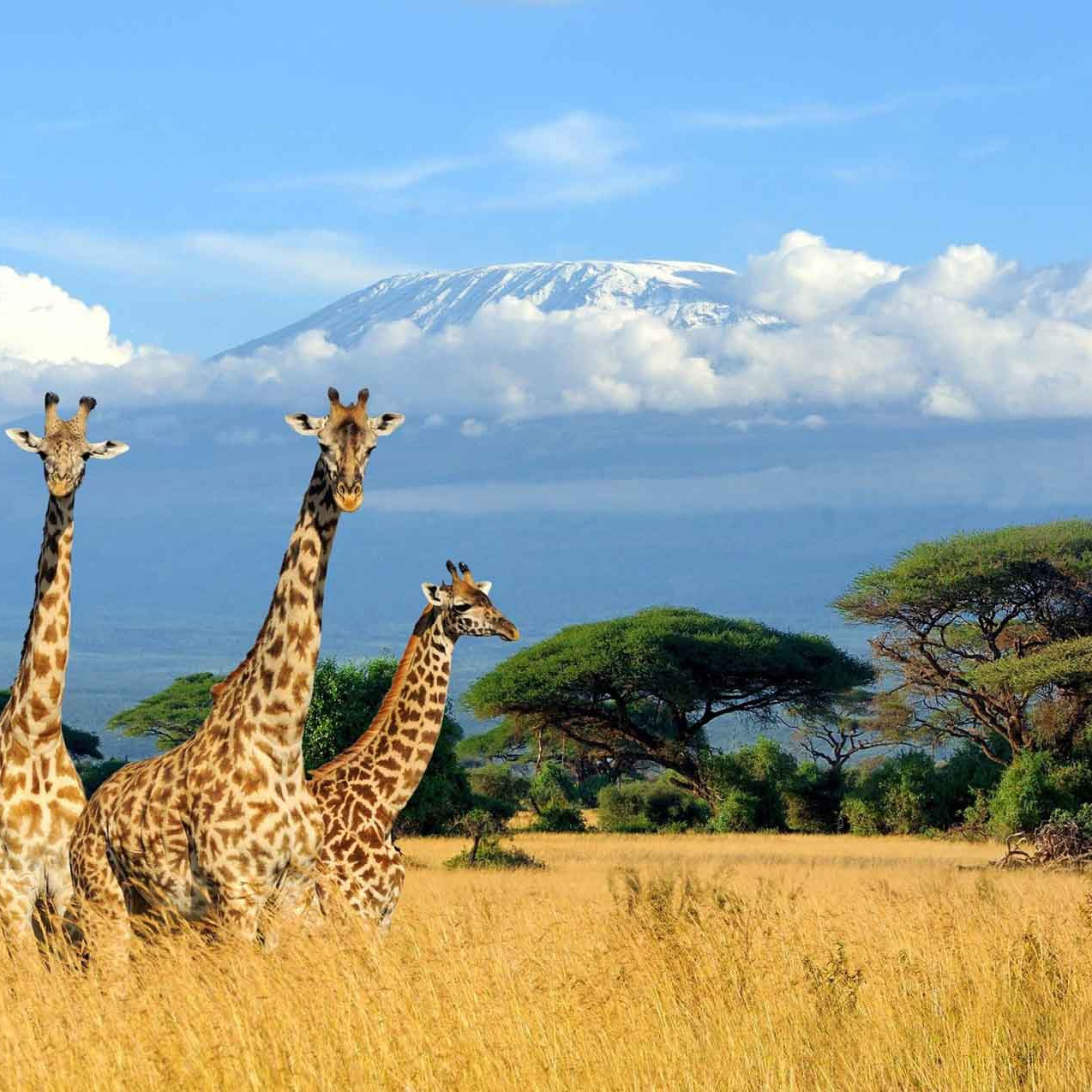Located in southwest Africa, Namibia is a beautiful and diverse country that offers a unique and unforgettable travel experience. Known for its stunning natural landscapes, from the vast Namib Desert to the rugged mountains and wildlife-rich national parks, Namibia is a must-visit destination for nature lovers and adventure seekers.
Why Visit Namibia
COLORS & LANDSCAPES
Namibia is well known for its vibrant colors and the contrast of its landscapes. Home to the oldest desert in the world, its dunes (one of the biggest worldwide) change its colors from orange to red as the sun makes its daily journey through the sky, and extend perfectly into the water of the atlantic ocean. Not to mention the Skeleton Coast, a 976-mile coastline that houses skeletal remains of the shipwrecks caught by offshore rocks and fog.
CULTURE
Indigenous tribes have been living in Namibia for thousands of years, but it wasn’t until 1884 that it became a german colony. Further on, the country was captured by the South Africans during the First World War. All these different periods and cultures left its imprint on the Namibian culture, with a lot of diversity in its cuisine, traditions and architecture.
WILDLIFE
Namibia is renowned for its diverse and abundant wildlife, making it a popular destination for wildlife enthusiasts. The country is home to several national parks and reserves, including Etosha National Park, which is home to lions, elephants, giraffes, zebras, and various antelopes. Namibia is also famous for its population of desert-adapted elephants and rhinos, which can be found in the remote regions of Damaraland and Kaokoland. It was also the first African country to incorporate protection of the environment into its constitution.
THE GERMAN INFLUENCE
Namibia was a German colony from the late 19th century until World War I, and the influence of German culture is still present in the country today. Namibian beer is brewed to the highest German standards and it is one of the best beers of Africa. Oktoberfest is annually celebrate in Windhoek. German architecture can be seen in buildings, as well as german cuisine , including dishes such as eisbein (pork knuckle) and sauerkraut.
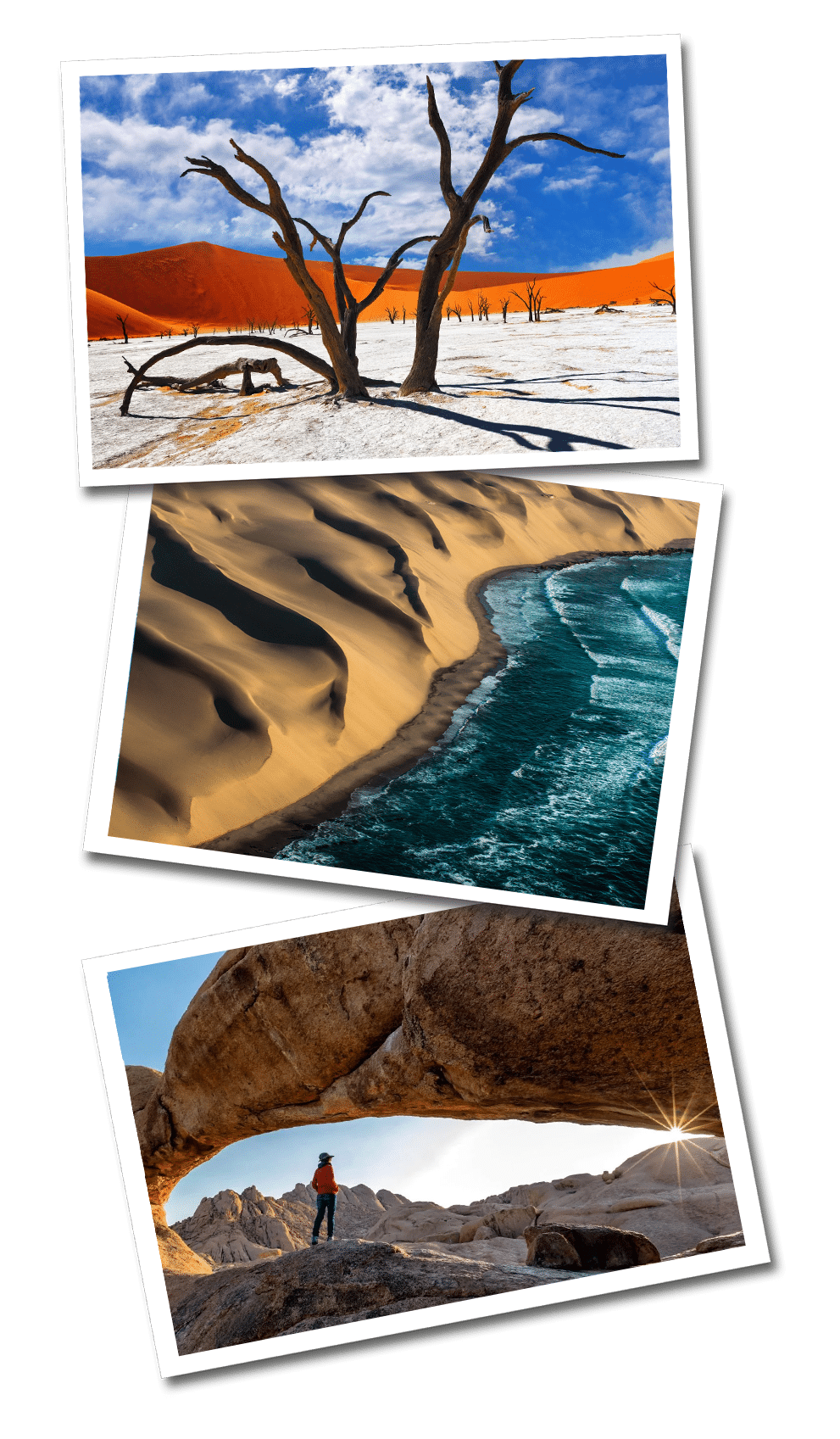
Located in southwest Africa, Namibia is a beautiful and diverse country that offers a unique and unforgettable travel experience. Known for its stunning natural landscapes, from the vast Namib Desert to the rugged mountains and wildlife-rich national parks, Namibia is a must-visit destination for nature lovers and adventure seekers.

Why Visit Namibia
COLORS & LANDSCAPES
Namibia is well known for its vibrant colors and the contrast of its landscapes. Home to the oldest desert in the world, its dunes (one of the biggest worldwide) change its colors from orange to red as the sun makes its daily journey through the sky, and extend perfectly into the water of the atlantic ocean. Not to mention the Skeleton Coast, a 976-mile coastline that houses skeletal remains of the shipwrecks caught by offshore rocks and fog.
CULTURE
Indigenous tribes have been living in Namibia for thousands of years, but it wasn’t until 1884 that it became a german colony. Further on, the country was captured by the South Africans during the First World War. All these different periods and cultures left its imprint on the Namibian culture, with a lot of diversity in its cuisine, traditions and architecture.
WILDLIFE
Namibia is renowned for its diverse and abundant wildlife, making it a popular destination for wildlife enthusiasts. The country is home to several national parks and reserves, including Etosha National Park, which is home to lions, elephants, giraffes, zebras, and various antelopes. Namibia is also famous for its population of desert-adapted elephants and rhinos, which can be found in the remote regions of Damaraland and Kaokoland. It was also the first African country to incorporate protection of the environment into its constitution.
THE GERMAN INFLUENCE
Namibia was a German colony from the late 19th century until World War I, and the influence of German culture is still present in the country today. Namibian beer is brewed to the highest German standards and it is one of the best beers of Africa. Oktoberfest is annually celebrate in Windhoek. German architecture can be seen in buildings, as well as german cuisine , including dishes such as eisbein (pork knuckle) and sauerkraut.
- Name: Republic of Namibia
- Capital: Windhoek
- Official Languages: English and afrikaans
- Independence from South Africa
- Currency: Namibian dollar
- Time Zone: UTC + 2 (Central Africa Time)
- Name: Republic of Namibia
- Capital: Windhoek
- Official Languages: English and afrikaans
- Independence from South Africa
- Currency: Namibian dollar
- Time Zone: UTC + 2 (Central Africa Time)
Bucket list
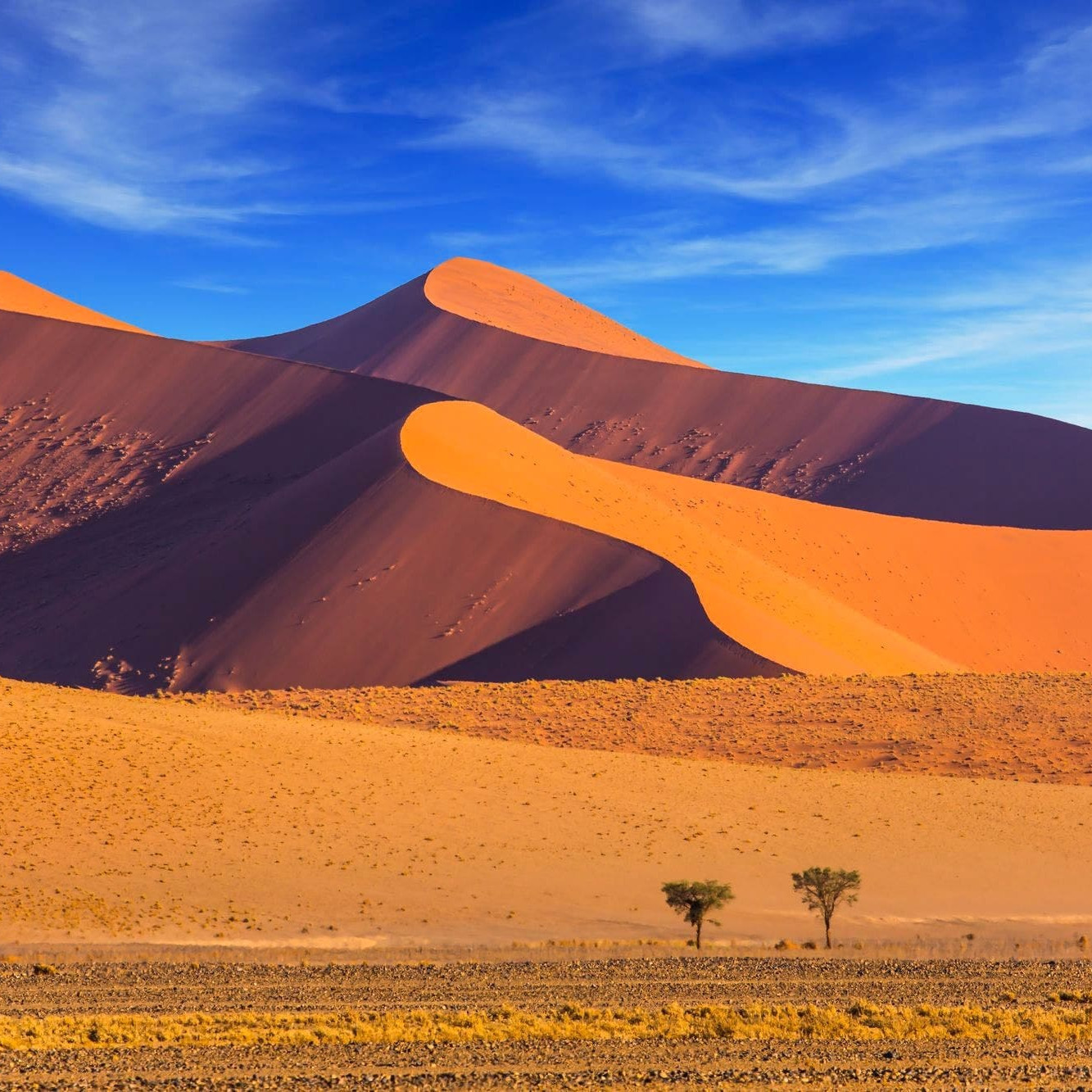
Visit the Namib desert and check Dune 45, the most photographed Dune in the world.
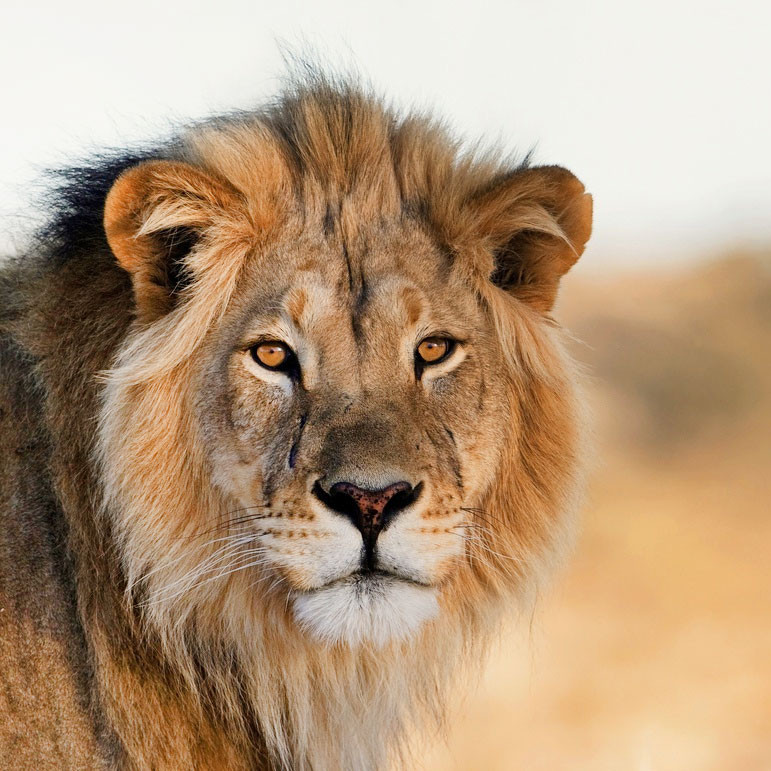
See the wildlife in The Kalahari Desert
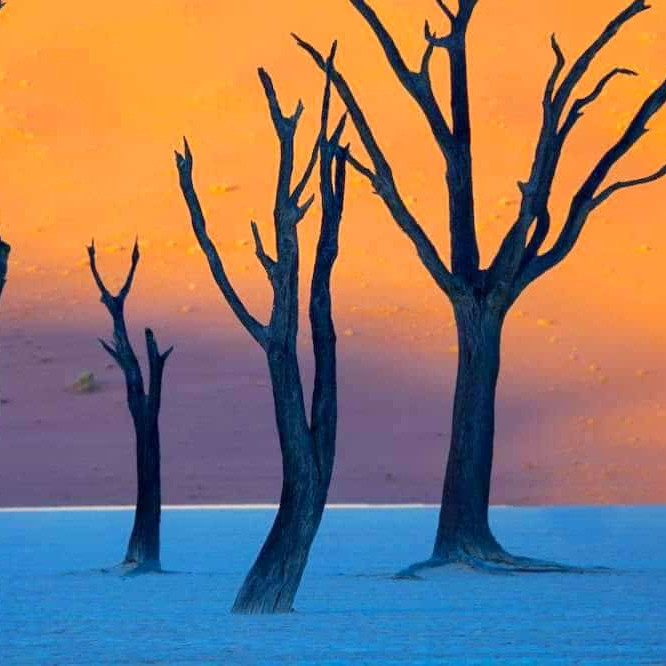
Enjoy a sunrise or sunset
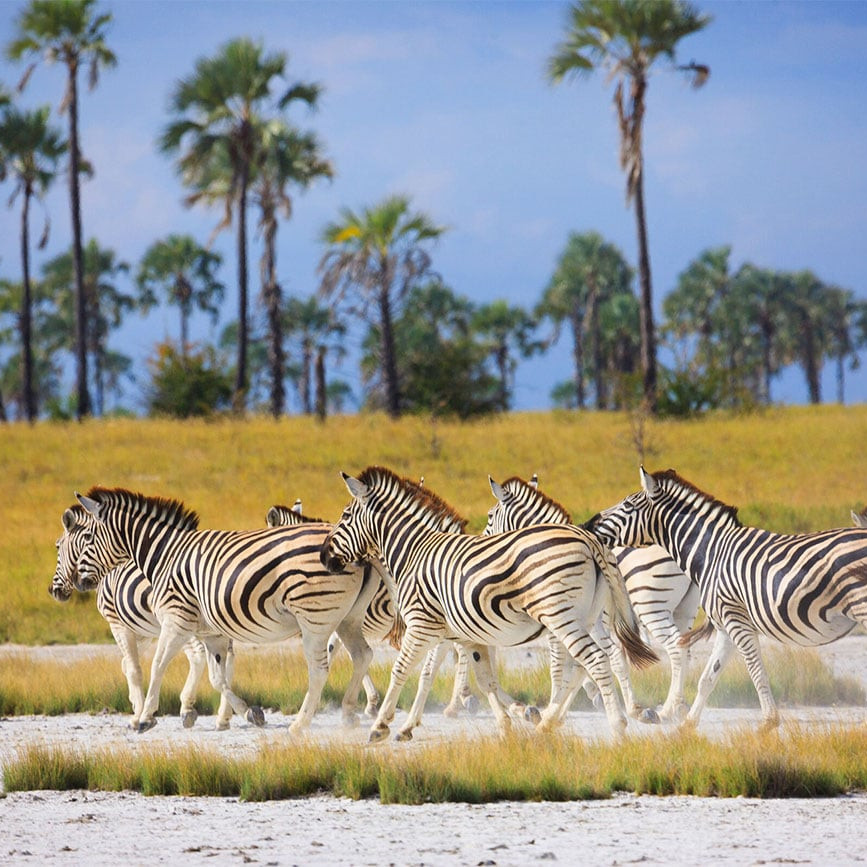
Check out the Makgadikgadi Salt flat
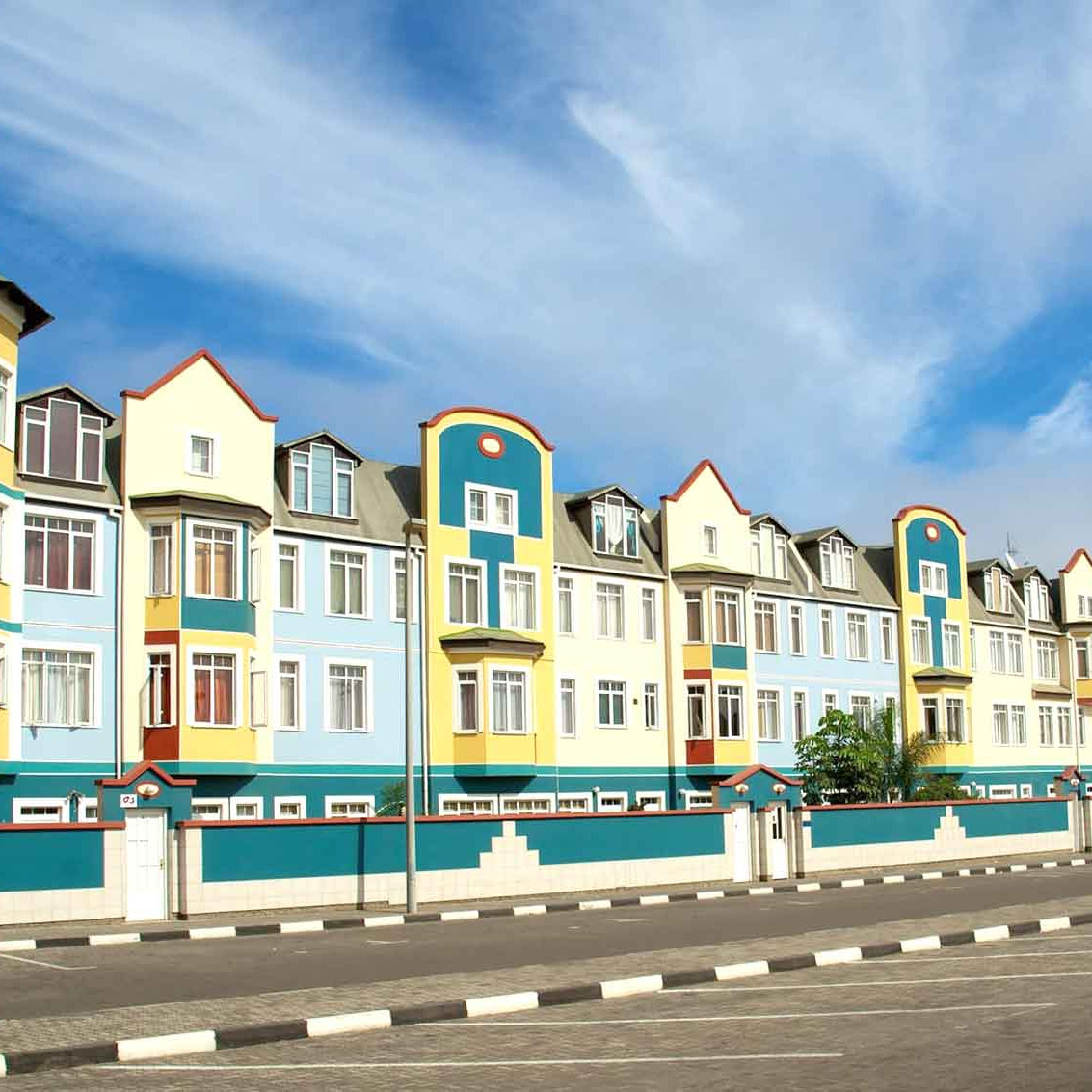
Hit the beach in Swakopmund
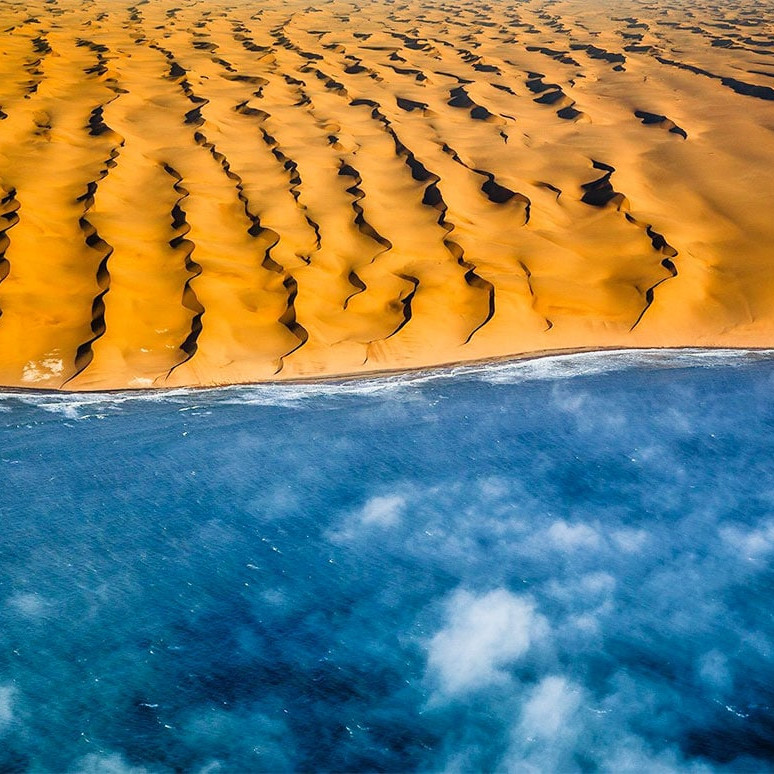
Fly over the skeleton coast
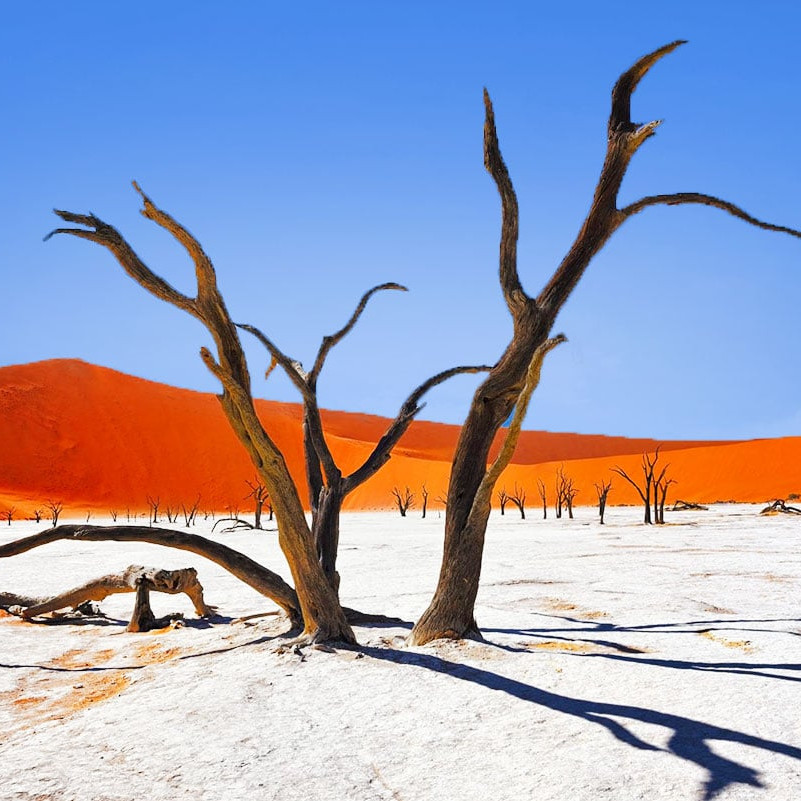
Visit the salt flat of Sossusvlei
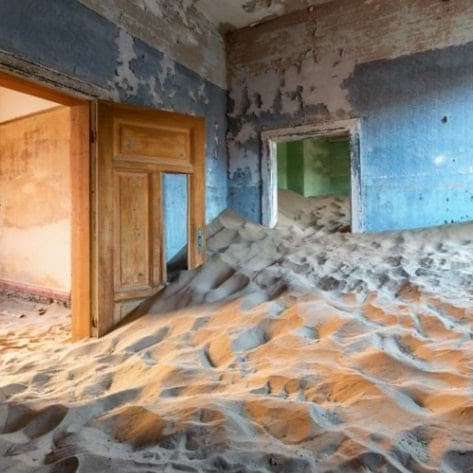
Visit the Ghost Town of Kolmanskop
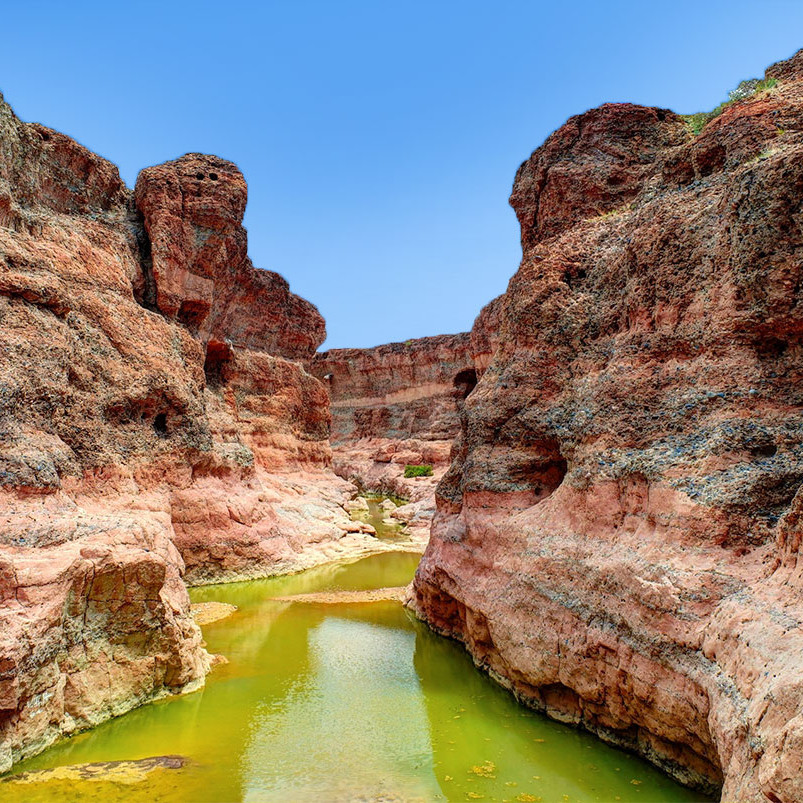
Explore the Sesriem Canyon
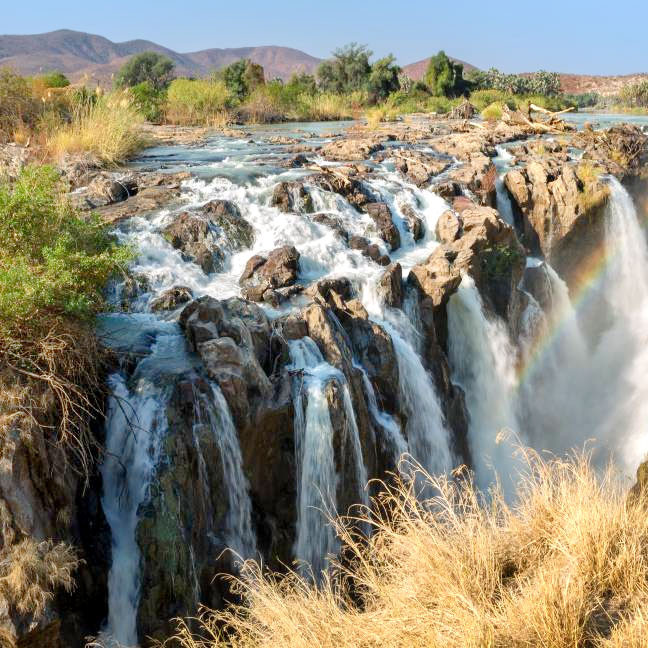
See the Epupa Falls
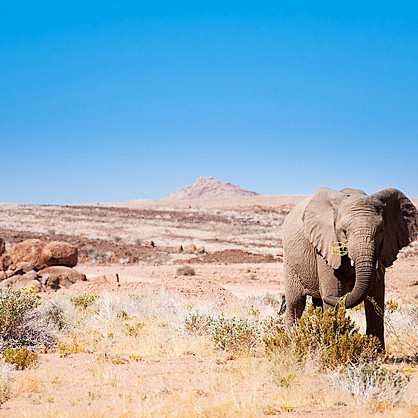
Search for desert-adapted elephants in Damaraland
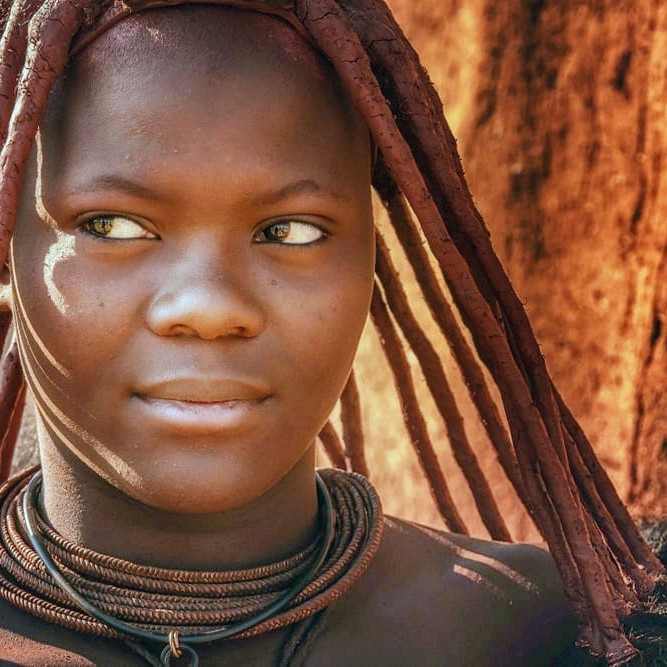
Meet the Himba
What to expect
LANGUAGE
Although English is the official language, not all the Namibians speak it. The majority of Namibians speak Oshiwambo or Afrikaans. Other languages spoken are English, German, Kavango, Otjiherero, and Nama/Damara. Overall, Namibia’s linguistic diversity adds to the country’s rich cultural tapestry and makes it an interesting destination for language enthusiasts.
ELECTRICITY
The standard voltage in Namibia is 220 V and the frequency is 50 Hz. That’s the standard voltage in the UK, Europe, Australia and most of Asia and Africa; If you are traveling from the US you will need an adaptor.
CURRENCY
The Namibian Dollar and the South African Rand are both used side by side as the country currencies. You will only be able to get Namibian Dollars once you reach Namibia. All the major cards are accepted. However, cash is recommended, and ATMs can rarely be found outside the big cities. You can exchange your money at any commercial bank. 1 USD is equivalent to about 18 Namibian Dollar/South African Rand (as of 2023)
SAFETY
Namibia is generally considered a safe country for tourists. The crime rate is low, and violent crime is rare, making it a relatively secure destination. if you are alert and take some common sense precautions, you should have no problems.
CLIMATE
Namibia has a subtropical desert climate and it is a year round destination. The climate is mostly arid or semi-arid, with hot days and cool nights. The country has two main seasons: the dry season from May to October and the wet season from November to April. During the dry season, the days are sunny and warm, while nights can get quite chilly. In the wet season, Namibia experiences occasional heavy rains and thunderstorms, but it still gets plenty of sunshine.
How to get around Namibia
Getting around Namibia can be an adventure in itself, with a variety of transportation options available:
- Car rental: Renting a car is a popular option and gives visitors the freedom to explore the country at their own pace. Many international car rental companies have branches in major cities and airports.
- Public transport: Public buses are available in major cities and towns, but they can be crowded and uncomfortable. Shared taxis, known as “minibus taxis,” are another option and are more widely available.
- Guided tours: Many visitors opt for guided tours, especially for longer distances and to explore remote areas. There are many tour operators in Namibia that offer a variety of tours, including safaris, cultural tours, and adventure activities.
- Domestic flights: Domestic flights are available to major destinations in Namibia, and can be a convenient way to cover long distances quickly.
- Train: Namibia has a limited railway network, but train travel is available for those interested in a unique experience. The Desert Express is a popular tourist train that travels through the Namib Desert.
Visa Policy
A passport with at least six months of validity remaining is required to enter to Namibia. Citizens from the U.S., European union, Canada, Australia or England and other 39 countries are permitted stays up to 90 days total (with the exception of nationals of Bulgaria, Croatia, Cyprus, Czech Republic, Estonia, Greece, Hungary, Latvia, Lithuania, Malta, Poland, Romania, Slovakia and Slovenia, who do require a visa). If you wanna find out whether your country requires a visa to enter, check this information.
SUBSCRIBE!
Are you a globetrotter? Join our platform and get exclusive travel tips, getaways and more!
Morocco
Morocco, Mythical, colorful, exotic and diverse, and just some of the reasons why everybody should…
Mauritius
Travel Mauritius, a country renowned for its natural beauty, pristine beaches, and clear turquoise…
Kenya
Travel Kenya, from exotic wildlife, being one of the prefered safari destinations in Africa and…


